THE BUSY WRITER SERIES: THE CRAFT OF WRITING
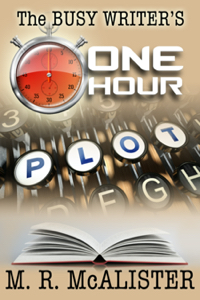
The Busy Writer’s One-Hour Plot
You will have a better chance of writing your book quickly and easily if you know what your characters want, you know why they want it, and you know how they plan to get it.
That’s where the Busy Writer’s One-Hour Plot comes in. It shows you how to sit down with a timer and a handful of index cards, and work out a solid framework for your story… in just 60 minutes.
You will discover:
- How to prime the pump (so the ideas flow during that 60 minutes)
- How to tweak your plot (you have the framework – now start fleshing it out)
- How to use sub-plots
- How to write a good ending
- How to add a twist
- Where to find further resources (because good writers are always thirsty for more knowledge!)
Everyone can spare an hour. At the end of it, armed with The Busy Writer’s One-Hour Plot, you could also have the beginnings of your own best-seller!
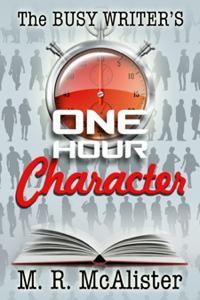
The Busy Writer’s One-Hour Character
Characters are the heart of your book. No matter how good your plot is, if you don’t fill the pages with vibrant, interesting characters, your book won’t reach its potential – and you won’t win hordes of raving fans.
The One-Hour Character system shows you how to come up with the Lead Character, other main characters, and a solid supporting cast in just sixty minutes. Team it with the One-Hour Plot, and you’ll have a plot and characters sorted out in less than the time it takes you to go out to dinner!
- You’ll learn of six different sources for characters, and how to best use those sources – as well as a few others.
- You’ll learn about the different character types that you’ll need: the Lead, the Antagonist, other main characters, a romantic interest (if applicable), sidekicks, confidants and walk-ons.
- Step by step, you’ll be walked through the process of creating characters – but with a time limit, so you know that at the end of an hour, you will be ready to start directing your new cast!
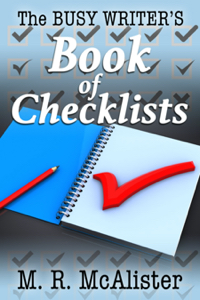
The Busy Writer’s Book of Checklists
The humble checklist can save a writer hours of time and frustration. Armed with a checklist to test your initial story idea, you can ensure that you have enough conflict and tension and challenges to keep readers turning the pages. (That’s much better than getting halfway through writing it only to find that your lovely bright shiny idea won’t hold up!)
With a plotting checklist at your elbow, you can run through the list of ‘essentials’ to apply to your novel – like character motivation and plausibility and crisis points, to name just a few of the things you have to consider.
Altogether there are 23 super-useful checklists – and as a special bonus, writers who buy this book are eligible for a full set of printable checklists that they can use again and again!
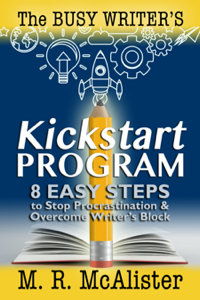
The Busy Writer’s Kickstart Program
The Busy Writer’s KickStart Program gives you an 8-Step Plan to get your writing on track again – or to set you up for success from the very start, if you’re a beginner. You will learn:
- How to clear your life from physical, mental and emotional clutter
- How to treat your writing like a project, so you stay on track
- How to set yourself up for success by changing the way you look at time
- Typical roadblocks for writers and how to get past them
- The importance of feedback, support and rewards
- Strategies for improving your technique
- Insights into plotting and characters
- How to keep yourself heading along the road to successYou can follow an 8-week plan, assigning one week to each step, or modify the KickStart Program to suit your way of life and your writing agenda.
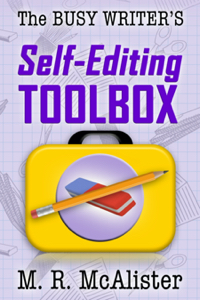
The Busy Writer’s Self-Editing Toolbox
Editing a manuscript involves far more than doing a spelling and grammar check and fixing up a sentence here and there that doesn’t flow. You need to know (a) the common mistakes that authors make (so you can avoid them or fix them) and (b) all the things that can affect a reader’s opinion of your book.
Sure, you can pay an editor or proofreader to go through your book – but that can get expensive and you miss the opportunity to improve the plot and develop your characters.
“The Self-Editing Toolbox really is every writer’s essential guide to editing their book to submission standard: easy to follow, yet effective. The color-coding makes it so easy to sort the rough spots from the prose that glows. I still have some polishing to do but my test readers say they can’t wait for more chapters as my characters ‘live off the page.’ I love they’re so hooked by a story that I was struggling to finish and feared I couldn’t develop to its full potential. I so nearly gave up on this WIP. With The Self-Editing Toolbox you really have taken the hard graft out of writing.” [Viv Adams, Romance Writer]